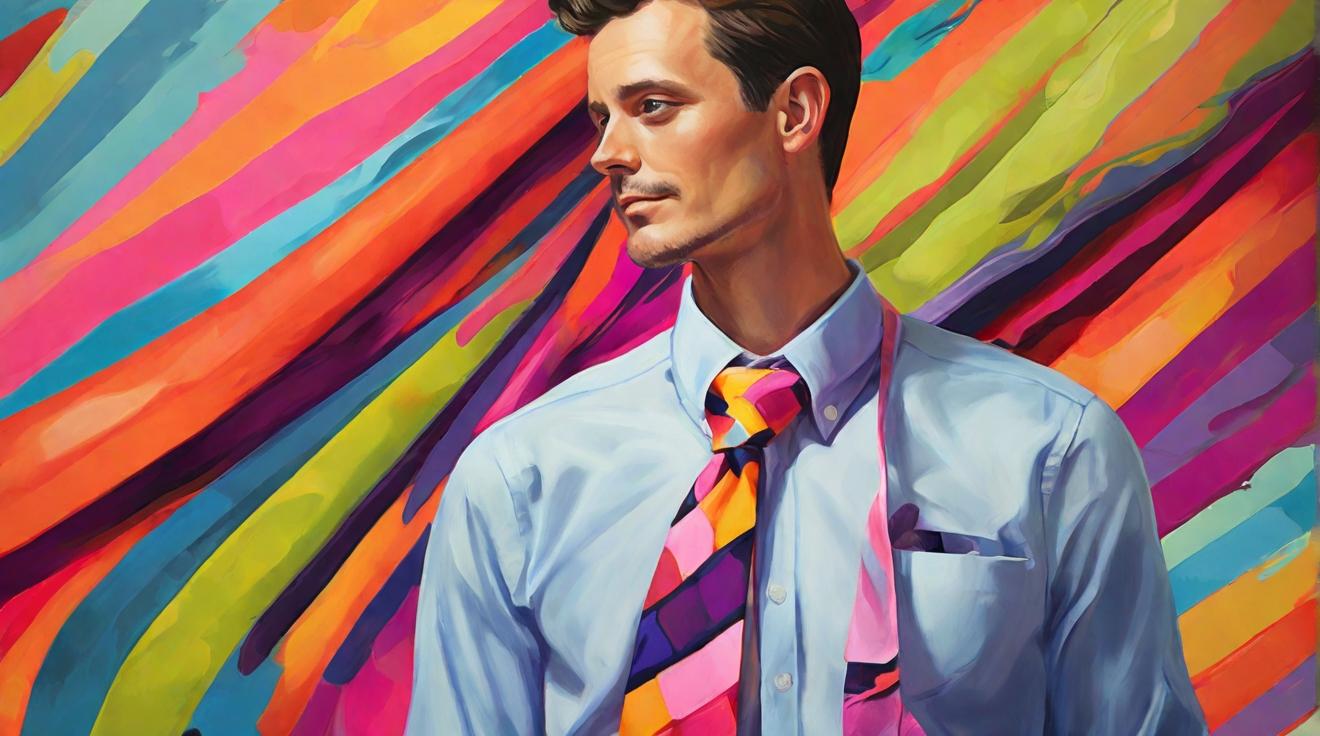The Decline of the Necktie: A Fashion Statement or a Cultural Shift?
In a recent event that brought together three Democratic presidents, Joe Biden, Barack Obama, and Bill Clinton, for Joe Biden's reelection campaign fundraiser, a noticeable shift in presidential fashion was observed. None of the former or current commanders in chief were seen adorning the traditional necktie, a staple in men's formal wear for centuries. This unusual choice sparked a conversation among fashion historians and men's fashion watchers on the internet, leading some to speculate about the decline in popularity of the necktie in modern attire.
Is the necktie becoming irrelevant in today's fashion landscape?
According to fashion historian Kimberly Chrisman-Campbell, the absence of neckties at the fundraiser wasn't surprising. Chrisman-Campbell highlighted that the discourse around the declining popularity of ties has been ongoing, with a notable decrease in tie sales over recent years. The pandemic further accelerated this trend, as remote work and casual dress codes became the norm, distancing the tie from the daily outfits of the working class.
The pandemic has undoubtedly played a role in changing workplace attire norms.
Chrisman-Campbell believes that ties won't completely vanish but will instead be reserved for the most formal occasions, such as weddings, graduations, and job interviews. In less formal settings, wearing a tie might even work against someone, coming off as stuffy or pretentious. This reflects a broader cultural shift towards a more casual approach to men's fashion.
At its core, the necktie has evolved from a piece of clothing with practical utility in the 17th century to a marker of social status, personal taste, and professionalism. However, its practical function has become obsolete, leaving its symbolic significance to carry its legacy.
Observing the attendees at the fundraiser, Chrisman-Campbell noted the variations in formality among the younger guests and celebrity podcasters, pointing out a generational divide in formal wear. This divide extends beyond just the absence of a tie, encompassing differences in shoe and suit choices as well. Among the presidents, Joe Biden was singled out for managing to look particularly polished, even without the traditional neckwear.
The preference for casual attire even in formal settings signals a significant shift in societal norms.
The discussion initiated by the choice of attire at this fundraiser extends beyond fashion, touching on broader questions about the relevance of the tie in modern society. As workplaces and social norms continue to evolve, the future of the necktie remains an open question.
In conclusion, the event served not only as a fundraiser but as a vivid example of the ongoing evolution in men's fashion and social norms, prompting us to reconsider the role and relevance of traditional attire elements like the necktie in the contemporary world.
Analyst comment
Neutral news. As an analyst, the decline in popularity of the necktie is likely to continue, with ties becoming less common in everyday attire and reserved for formal occasions. This reflects a broader cultural shift towards a more casual approach to men’s fashion, influenced by factors such as remote work and changing workplace attire norms. However, the necktie will still hold some symbolic significance and be worn for specific events. The future of the necktie remains uncertain as societal norms and fashion trends continue to evolve.













